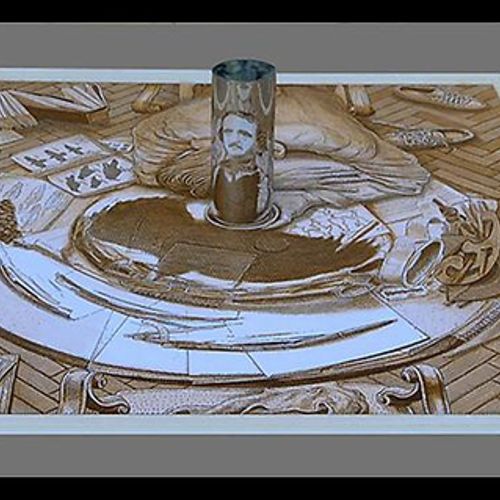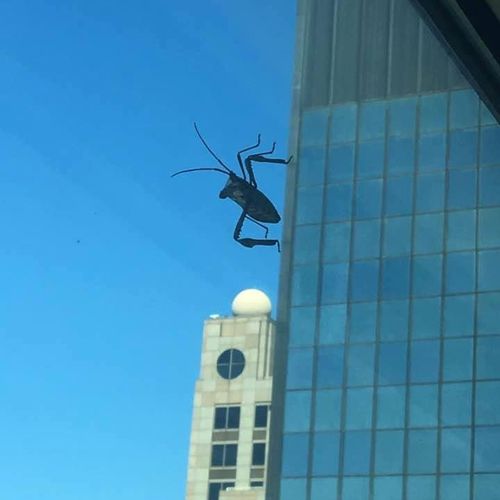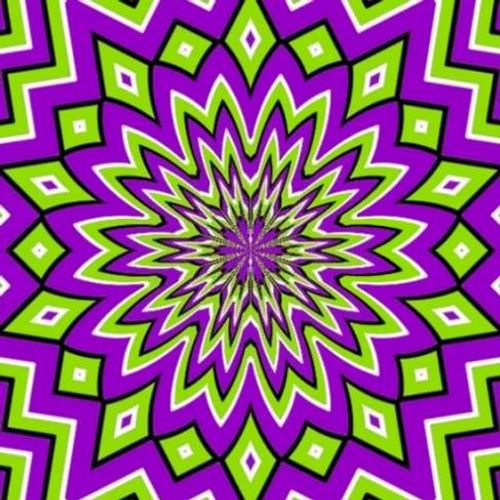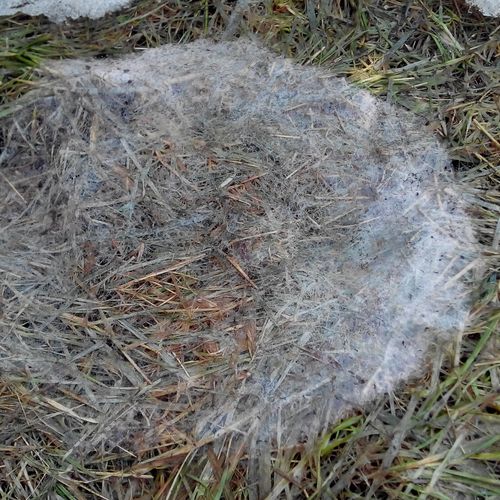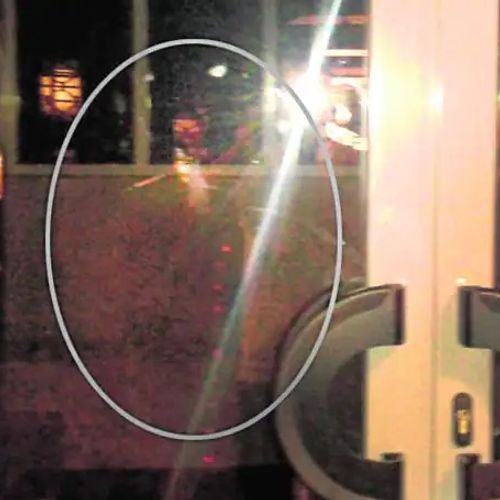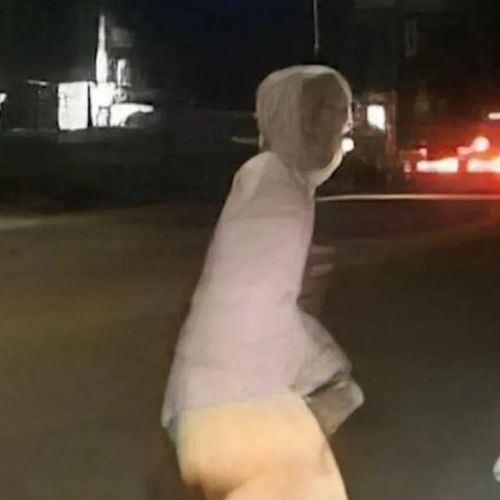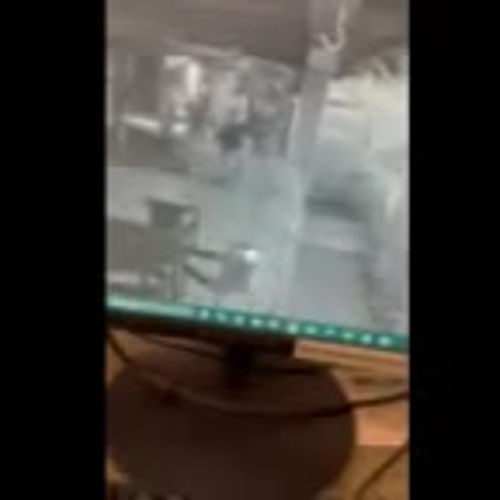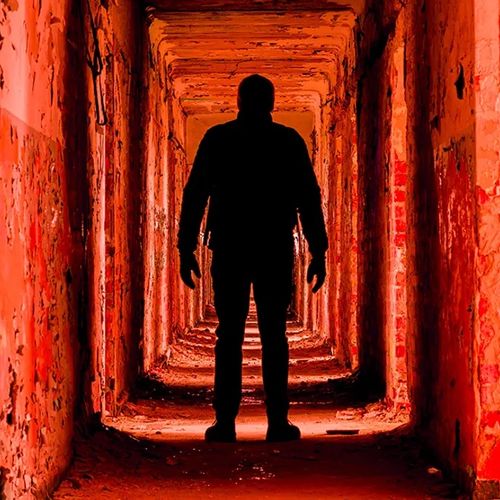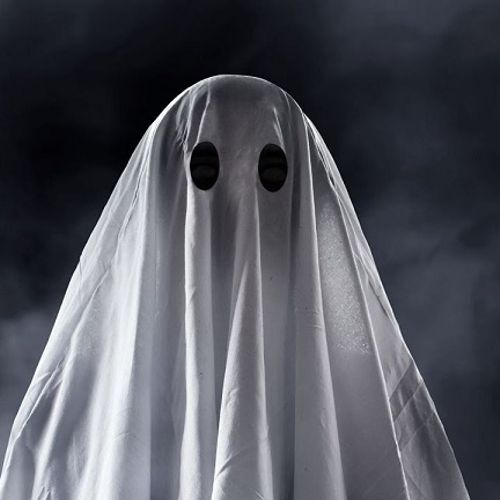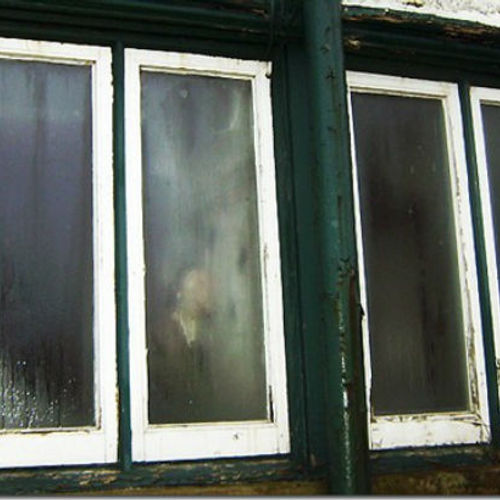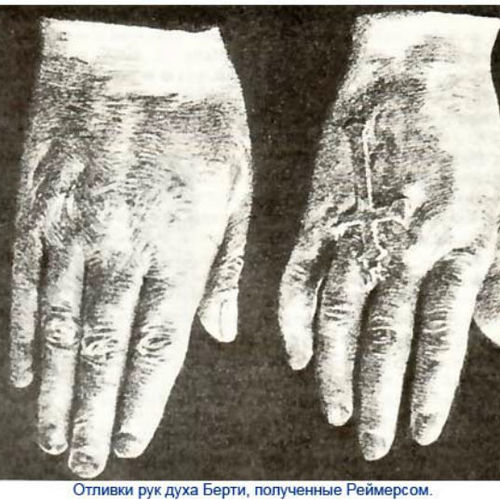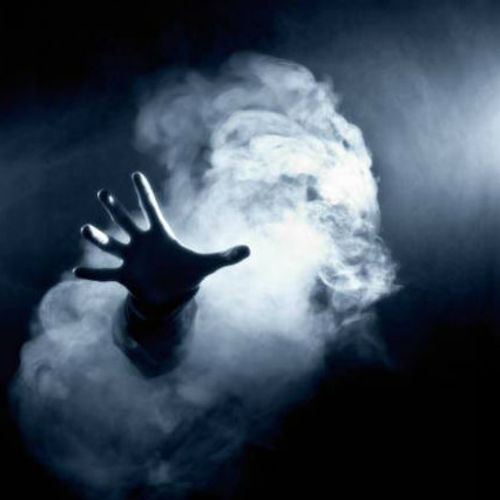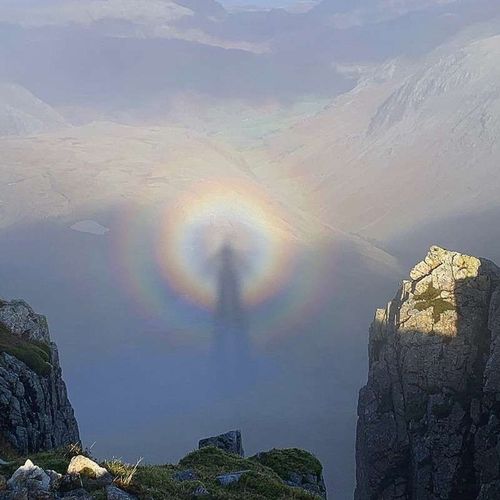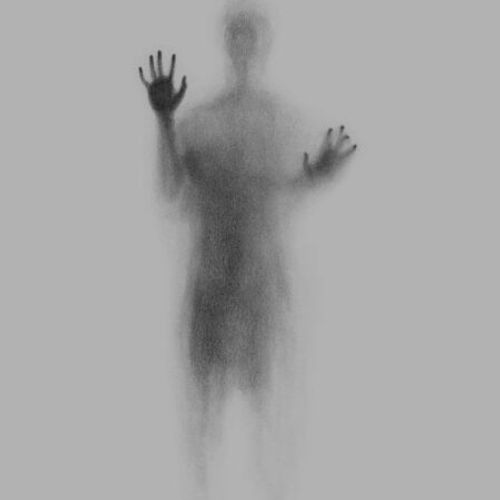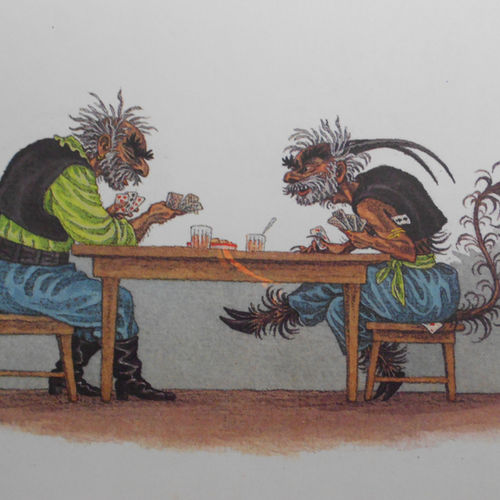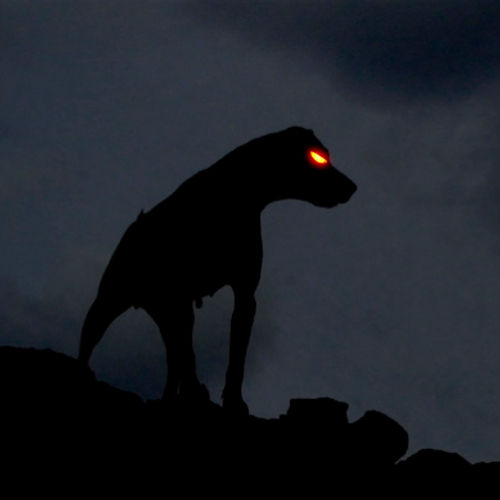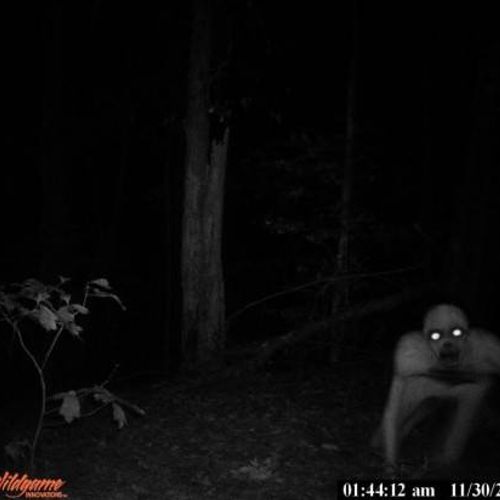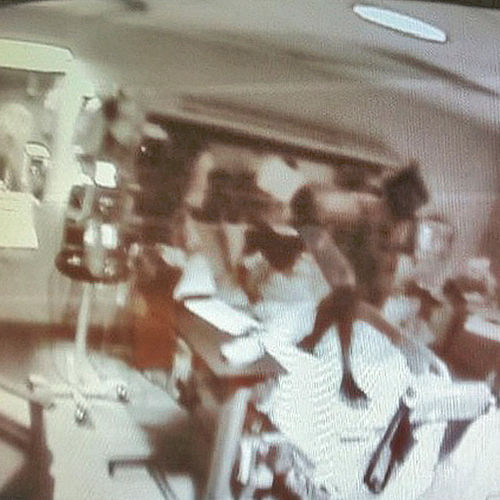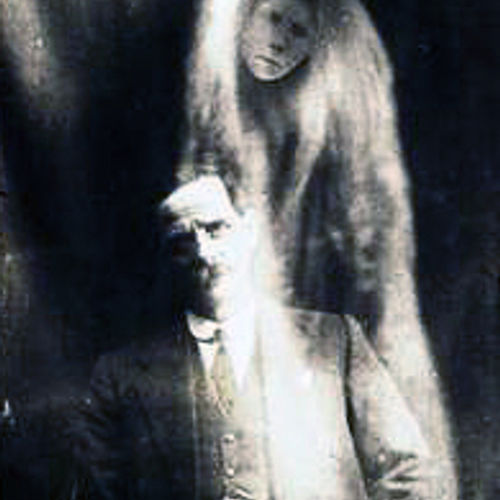
| Added | Tue, 04/10/2016 |
| Hierarchy | |
| Другие названия | Puzhaki
Ghosts
Buildings
Ghost
|
| Область распространения | All over the world |
| Характерные признаки |
→
→
→
→
→
→
→
→
|
| Sources |
The phenomenon of ghosts usually includes the souls of deceased people, or mythical creatures (in traditional representations), as well as, according to some versions of aliens from outer space or from a parallel world, "energy substances", etc., manifested in visible or other form in real life. It is assumed that real, not supernatural, objects are observed, the nature of which is unknown to science, or images of real people, animals, objects located in a parallel reality, in the past or in the future.
Evidence of encounters with ghosts has been known since ancient times. In this article we will look at the history of the concept of "ghost", highlight the main features of the phenomenon and consider the most well-known hypotheses of its explanation.
In Ephraim's dictionary, the meaning of the word "ghost" is defined as:
- What is seen is imagined; a vision, a figment of the imagination. // peren. razg. Someone or something that only resembles someone, something.
- Vague, vague outlines, contours. // An image of someone, something, presented in the imagination.
- Something unreal; a mirage, an illusion.
In the traditional representations of many nationalities, a "ghost" or "ghost" is the soul or spirit of a deceased person, manifested in visible or other form in real life (from invisible and intangible presence to practically realistic observations).
It is not known for certain when the first mention of ghosts appeared in legends and oral retellings.
It is believed that the first documentary mention of the observation of ghosts dates back to the times of Ancient Egypt and Assyria.
Cuneiform tablets of the Assyrians tell about the spirits of Utukku, who terrified Assyrian cities. As the ancients believed, these ghosts appeared when a person died a painful death. Therefore, many Utukku were deprived of limbs, had signs of wounds or torture and uttered piercing cries of pain. The Egyptians called similar ghosts Ku. In order to get rid of them, it was necessary to offer fresh meat to the restless spirit.
In Europe, ghost legends have been known for more than two millennia. Like the ancient Assyrians, the inhabitants of European countries believed that a person who died a painful death becomes a ghost. For example, the Irish were afraid of Tasha - the spirits of people tortured in torture chambers, as well as executed on gallows or scaffolds.
Since then, there have been many eyewitness accounts of this phenomenon.
The phenomenon is found everywhere. Almost every country has its own haunts of ghosts, from castles to dorm rooms.
The concept of "ghost" generalizes a whole class of phenomena that apparently have different origins.
It is used in cases of observation of the following phenomena:
- Human figures, possibly resembling the deceased, capable of flying, passing through walls, suddenly appearing and disappearing before the eyes of an eyewitness (shadow people)
- Some unidentified creatures that resemble a person, but are anatomically different or different in capabilities from him (Jack the Jumper, the moth man).
- Human faces or other body parts observed in the air (the phenomenon of black hands).
- Ghostly animals (Jeff the mongoose, ghost dogs) or ghostly vehicles (buses, planes, trains, "Flying Dutchman").
- Small unidentified flying objects in the form of lights or small clouds observed near the eyewitness.
Sometimes the appearance of a ghost is accompanied by a sharp change in air temperature (sudden causeless cold), unpleasant odors (sulfur, miasma), animal anxiety, disturbances in the operation of electronic equipment. However, it is believed that a ghost cannot influence a person more clearly (for example, inflict wounds) or surrounding objects (for example, move), therefore, two phenomena are associated with such an impact: "ghost" and "poltergeist". It is worth noting separately that ghosts are credited with the property of scaring some people to death (for example, chasing their killer until he dies).
The appearance of the phenomenon can be tied:
- geographically (for example, a haunted house); calendar (for example, a full moon or a certain calendar date); to a certain occasion (for example, warns of impending danger); to a certain person (for example, a relative of the deceased).
In terms of fixing the phenomenon , one can distinguish:
- the witness hears sounds from an unknown source; the witness feels someone's presence; the witness sees a silhouette with implicit outlines or a completely clear image.
Sometimes ghosts can be captured on video, photo and audio equipment at the time of direct observation, but often they appear only on the record.
Among the hypotheses explaining the phenomenon, scientific and mystical ones can be distinguished.
Scientific versions:
- A figment of the imagination. This version includes mirages, hallucinations, illusions, etc., regardless of the reason.
- Natural causes. Close to the previous version. This includes, for example, the sounds of the wind, mistaken for the howling of a ghost.
- Technical features of the equipment. This version includes defects in photographic film, equipment, glare and similar artifacts.
- The fruit of the narrators' imagination (i.e. deliberate deception).
- Features of the structure of haunted houses (for example, the presence of secret rooms).
- Hoax (i.e. artificial creation of circumstances perceived by others as abnormal).
Mystical versions:
- Soul. According to the ideas of many religious and mystical trends, a person consists of a material body, an immortal soul and a spirit (a kind of connecting part). And a ghost is either a soul that could not calm down and go to another world, or a spirit ("astral shell"), which normally "disintegrates" on the fortieth day after death, but if there is an "energy recharge" from some source, then the spirit can exist for many years. This also includes the version that the appearance of a ghost is a kind of "message" of the deceased, which may carry a warning or other information about the future.
- Aliens from parallel worlds. This also includes demons, space aliens, "energy entities", images from the future or the past, etc.
- Mental images. It is believed that if you imagine an image very vividly, it can partially or completely materialize, i.e. a ghost is a partial materialization of a mental image. According to different versions, both small groups of people are capable of this (for example, the mentally ill in a special state of consciousness – hence the terrible entities whose appearance is uncontrollable; or "enlightened" like them, having a certain gift to materialize desired objects), and any representative of humanity. A small manifestation of these abilities is considered to be the projection of various images onto the film by the power of thought.
- The astral double. This version is a bit similar to the previous one. She says that under the influence of strong impressions and emotions, a "double" of the person who experiences these emotions may appear.
- It/Id (in the terminology of Groddeck and Freud, respectively). A fragment of the psyche, gaining self-awareness, breaking out of the shell and punishing its bearer for something. Ghost-It often takes the form of an animal (in particular, a tiger, as in the repeatedly described case with Mrs. Forbes), sometimes causes scratches, wounds and stigmata on the victim's body; it can push the victim either to murder (the person responsible for the initial mental trauma), or to suicide.
- The element of heredity (Family Gestalt). A ghost generated by ancestral or family autosuggestion: a psychic formation built by many generations separates from the main array and, finding life, settles in a mansion or castle. The older the genus, the more "corporeal" the ghost. The latter constantly demands attention, feeding on it: otherwise, it withers and disappears.
- Historical film or "memory of space". A kind of collective memory, part of what was called the Planetary Mind in the Middle Ages. Historical visions arise on the battlefields (and sometimes individual villainies) and resemble a three-dimensional voiced film. The characters of such representations act automatically, although, oddly enough, they react to the material world.
Scientific versions try to approach each manifestation of the phenomenon separately, and mystical versions try to explain all cases at once. But none of the hypotheses could fully cover all known cases.
In any case, the phenomenon of ghosts has a huge variety of evidence and can be considered one of the most common anomalous phenomena.
Phenomenon in mass culture
Related versions
Related facts
Related news
Related articles
Log in or register to post comments

